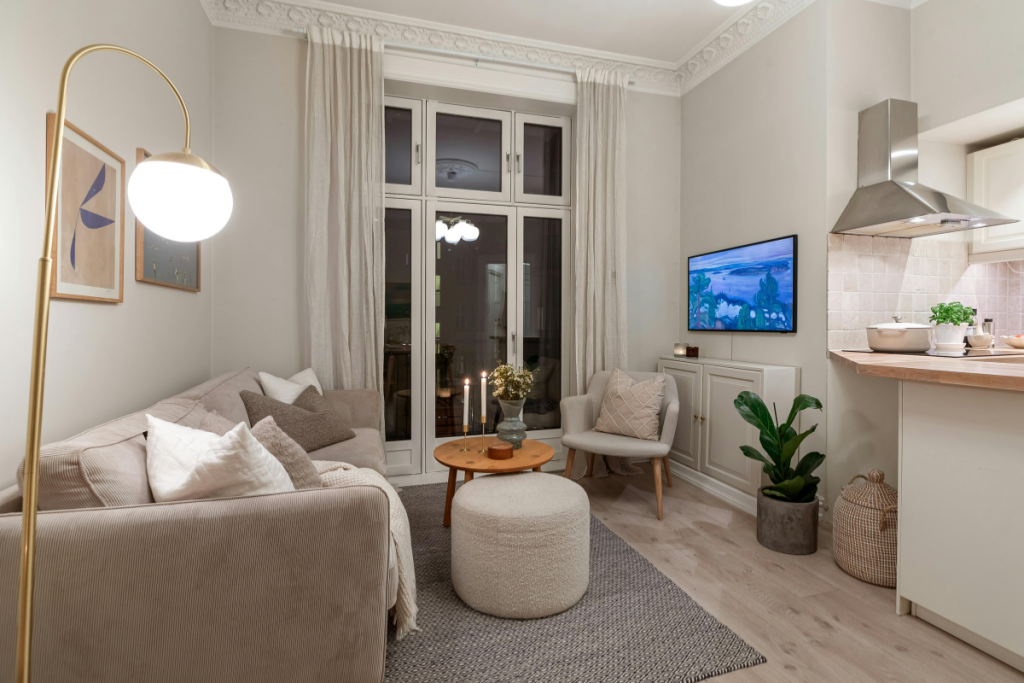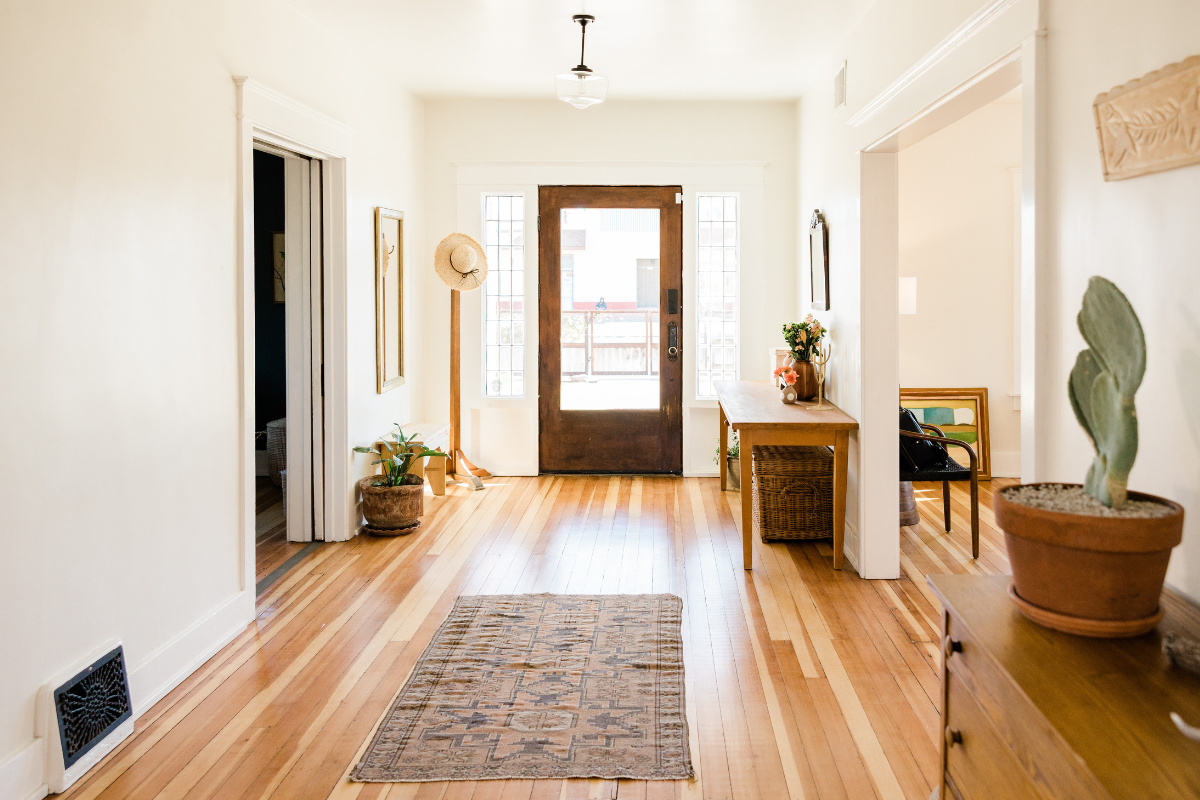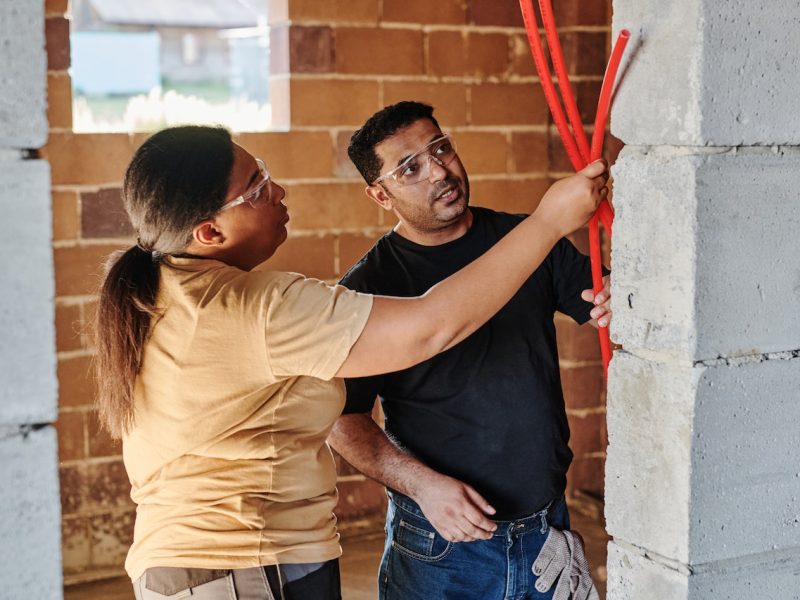Singapore’s urban landscape is characterised by high-rise living and compact apartments. With over 80% of the population residing in HDB flats, many homeowners face the challenge of maximising space without sacrificing style. Yet, limited square footage does not equate to limited potential. Through thoughtful design, multifunctional furniture, and clever storage strategies, it is entirely possible to create a home that is both beautiful and functional—even within the tightest of floor plans.
This article explores practical, stylish solutions tailored for compact Singaporean homes, offering inspiration for anyone looking to transform a small space into a personalised haven.
The Compact Living Reality in Singapore
Singapore’s dense population and land constraints make compact living a norm. The average size of a new 4-room HDB flat is approximately 90 square metres, while smaller BTO units may offer as little as 45 square metres. Private condominiums often push space-saving even further, especially in newer developments where units are designed for single occupants or small families.
Despite these constraints, the demand for smart and stylish homes has surged. Whether driven by functionality, minimalism, or aesthetics, homeowners are increasingly seeking ways to redefine what small-space living can look like.
Principle #1: Design with Intent – Form Follows Function
At the heart of effective small space design lies intention. Every item, from a coffee table to a shelving unit, must earn its place. The mantra of “form follows function” encourages a space-first mindset—designing with daily routines, storage needs, and comfort in mind.
Start with a Space Audit
Before diving into renovations or décor, assess your current space use. Which areas feel cramped or underutilised? Are there “dead corners” or bulky furniture pieces that dominate the room? Identifying bottlenecks helps prioritise areas where changes will have the greatest impact.
Zoning for Clarity
In an open-plan flat, delineate different functions through zoning. Rugs, furniture placement, or lighting can define zones—such as separating a dining nook from the living area—without erecting walls. Visual cues create order and enhance the perception of space.
Principle #2: Maximise Vertical Space
When you cannot expand outward, go upwards. Vertical space is often overlooked, yet it holds immense potential in compact homes.
Wall-Mounted Storage
Install floating shelves, wall-mounted cabinets, or pegboards. In kitchens and bathrooms, wall-hung organisers clear up counter space. In bedrooms, high-mounted cupboards offer additional storage for off-season items.
Loft Beds and Elevated Platforms
Loft designs are increasingly popular, especially in studio apartments or children’s rooms. By raising the sleeping area, you free up valuable floor space below for a study, wardrobe, or lounging zone. In some custom designs, the platform base itself houses pull-out drawers or hidden compartments.
Principle #3: Invest in Multipurpose Furniture
In small homes, furniture should do more than one job. The growing market for multifunctional pieces reflects this shift in consumer demand.
Foldaway and Convertible Pieces
Consider a wall-mounted Murphy bed that folds into a cabinet or a dining table that transforms into a desk. Expandable dining tables, nesting stools, and storage ottomans are practical additions.
Built-In Furniture
Custom-built solutions can seamlessly integrate with the home’s structure. A bench along the window can double as a reading nook with storage beneath. A kitchen island can incorporate drawers and seating, saving on dining space.
Modular Sofas and Stackable Chairs
Modular sofas adapt to different layouts, whether you’re entertaining guests or creating a cosy movie night setup. Stackable or foldable chairs, meanwhile, can be stored away when not in use.
Principle #4: Decluttering as a Design Philosophy
Clutter is the natural enemy of small spaces. Maintaining a clean, organised environment makes a home feel larger, brighter, and more inviting.
Adopt the KonMari or Swedish Death Cleaning Methods
These popular decluttering philosophies focus on intentional ownership—keeping items that “spark joy” or serve a meaningful function. Regular purging of unused items prevents overcrowding and enhances emotional clarity within the home.
Create Hidden Storage
Choose furnishings with concealed compartments. Storage beds, coffee tables with lift-up tops, and stair drawers (in maisonettes or lofts) keep essentials out of sight. Even the space behind doors can host hanging organisers or slim shelving.
Principle #5: Light, Colour, and Visual Flow
Design is not just about physical layout; visual perception plays a powerful role in how space is experienced.
Choose Light Colours and Reflective Surfaces
White, beige, and pastel walls reflect more light, creating an airy atmosphere. Glossy finishes on cabinets or tiles can similarly amplify brightness. Large mirrors, strategically placed, visually expand a room and enhance natural light flow.
Keep Window Treatments Minimal
Bulky drapes can crowd a small room. Opt for sheer curtains, blinds, or minimalist panels to allow more daylight in while maintaining privacy. Where possible, keep windows unobstructed to visually extend the space outdoors.
Consistent Flooring and Flow
Avoid using multiple floor materials across rooms, as it may visually chop up the space. A single flooring material across the flat creates continuity and enhances flow.
Principle #6: Personalisation Without Overcrowding
It’s a myth that small spaces must be minimal to be stylish. Personalisation is crucial—it’s what transforms a house into a home. The key lies in editing rather than eliminating.
Curate, Don’t Clutter
Display art, books, or souvenirs, but in moderation. Choose statement pieces—like a vibrant artwork or sculptural lamp—rather than numerous small objects. A gallery wall can be striking if well-arranged, while open shelves benefit from cohesive styling.
Bring in Greenery
Plants enliven any home. For small flats, consider vertical gardens, hanging planters, or slim potted herbs on kitchen sills. Not only do they add life and colour, but certain plants also improve air quality.
Use Texture to Add Depth
Introduce interest through materials—wood, rattan, linen, and metal—rather than excessive decoration. A textured rug or woven basket can create warmth without visual clutter.
Local Considerations: Designing for the Singaporean Context
Tropical Climate and Ventilation
Singapore’s humid climate makes airflow essential. Ceiling fans, ventilation grilles, and open-plan layouts help circulate air and reduce reliance on air conditioning. Lightweight fabrics and moisture-resistant materials (like engineered wood or vinyl) are better suited for this environment.
Smart Home Integration
Singapore’s push towards smart living encourages the integration of technology. Smart lighting systems, compact air purifiers, voice-activated controls, and energy-efficient appliances all help maximise comfort and convenience without compromising space.
Built-in Bomb Shelters
Many HDB flats include a built-in bomb shelter, which often becomes a storage room. Customising it with shelving, racks, or even converting it into a pantry or utility space can make it more functional and aesthetically cohesive with the rest of the home.
Design Inspiration: Notable Singaporean Examples
Project #1: Scandinavian Minimalism in BTO Flats
Scandinavian-inspired interiors remain popular in Singapore for their clean lines, bright tones, and smart storage. One notable example is a Tampines 4-room BTO redesigned by a local studio using a light oak palette, recessed lighting, and built-in storage across the dining and living areas. The result was a tranquil, breathable space despite a modest 93 sqm footprint.
Project #2: Japanese Wabi-Sabi in Small Studios
A design approach rooted in simplicity and imperfection, Wabi-Sabi is gaining traction among younger homeowners. A recent project in Tiong Bahru incorporated natural finishes, low-lying furniture, and intentional asymmetry, creating calm in just 50 sqm.
Project #3: Industrial-Chic Meets Smart Living
A couple in Queenstown transformed their 3-room resale flat into a modern industrial-style home with cement screed flooring, black piping details, and smart lighting. Vertical bike storage, floating desks, and a foldaway dining set demonstrated the blend of style and spatial efficiency.
Final Thoughts: Living Big in Small Spaces

Living in a compact home in Singapore does not necessitate compromise. With creativity, planning, and a shift in mindset, small spaces can be both highly functional and full of personality. The key lies in prioritising quality over quantity, embracing smart design, and personalising with intention.
Ultimately, the best homes are not defined by their square footage, but by how they reflect the lives, values, and aspirations of those who live within them. Small space living, when done right, offers a more intentional, efficient, and stylish way of life—something well worth aspiring to, regardless of the size of your floor plan.
Key Takeaways
- Plan with purpose: Know your needs, routines, and limitations before renovating.
- Go vertical: Use your wall height to increase storage.
- Opt for multifunctional furniture: Pieces that do double duty are worth the investment.
- Minimise clutter: Stay organised to enhance spaciousness.
- Play with light and colour: Reflective surfaces and light tones open up the space.
- Personalise wisely: Curate meaningful items without overwhelming the eye.



